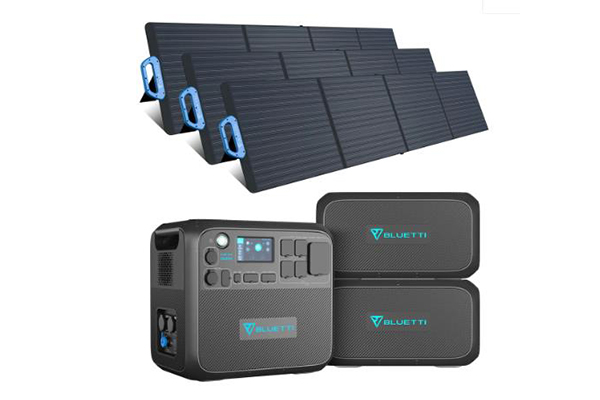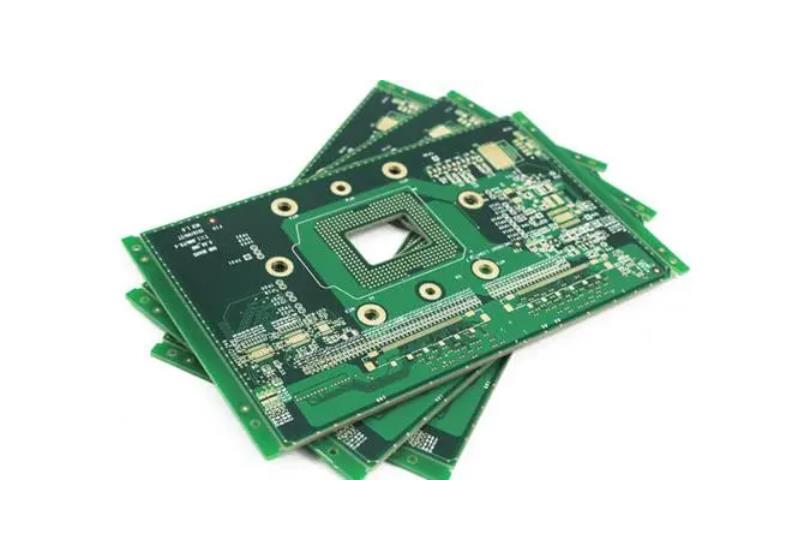Over the past few years, the world has shown a huge shift towards the use of solar powered generators. Trends concluded that people from high-risk areas (those experiencing extreme storms, power grid failures or widespread blackout) are more interested in getting portable alternative power solutions to maintain their lifestyle.
Even, gas-powered generators have lost their essence because of no gas supply or long distance of gas stations from the households. Therefore, to deal with excessive power shortage, remotely getaways or living in the RV, solar-powered backup generators have got everyone’s back.
Here, the worth considering thing is to know about different components of these solar generators and why is it important to have some technical insight about their performance.
Important Parts of a Solar Powered Generator
A solar generator is an electronic box with three major components- the charge controller, inverter and batteries. It doesn’t come with solar panels which is why, you always have to get them separately for the desired job.
- Battery: It is responsible to keep the generator powered for producing electricity. Its source of energy is sunlight or a 110V regular electric wall outlet inside the solar powered backup generator. Here, the thing to remember is that your solar battery must be compatible with the generator. Or in other words, whenever it’s time to change the battery, be sure to know what specs should be there.
- Charge Controller: It is one of the crucial components that works to increase life expectancy of the battery. Since every type of battery (Lithium-ion, Gel or AGM) has its own charging properties, it is responsible to automatically manage the entire charging process.
- Inverter: This part has to convert solar energy in the battery into AC whenever needed to power the appliances. You just have to make sure that those appliances are also compatible with the solar generator.
What’s the power production capacity of a Solar Backup Generator?
There is a huge range of solar powered backup generators to meet all types of needs. From charging a smartphone to giving electricity to household appliances, they can do any job as required.
A standard solar generator that produces 2 to 3 KW of energy can cater up to 10% of a household’s daily power requirements while a heavy-duty generator can handle majority of the house (without HVAC). But, it cannot bear this much burden on regular basis. Therefore, if you are planning to convert to a solar powered backup generator during harsh weather like hurricanes, then you have to get a whole-house solar system with multiple batteries.
How Much Time Does a Solar Generator Require to Charge?
Since a solar powered generator requires an ample amount of sunlight, its charging time is proportional to its energy- the greater the sunlight, the faster will be the charging or vice versa.
However, on average, a solar powered generator takes 8 hours to recharge. Charging in the morning can be a better decision as compared to the evening time because the sun goes on its peak by afternoon and starts losing its intensity afterwards.
Conclusion:
When considering a solar-powered backup generator, it is important to have some technical insights about its components and performance. Considering these technical insights will help you make informed decisions about the capacity, compatibility, and charging requirements of a solar-powered backup generator, ensuring it meets your power needs effectively and efficiently.


